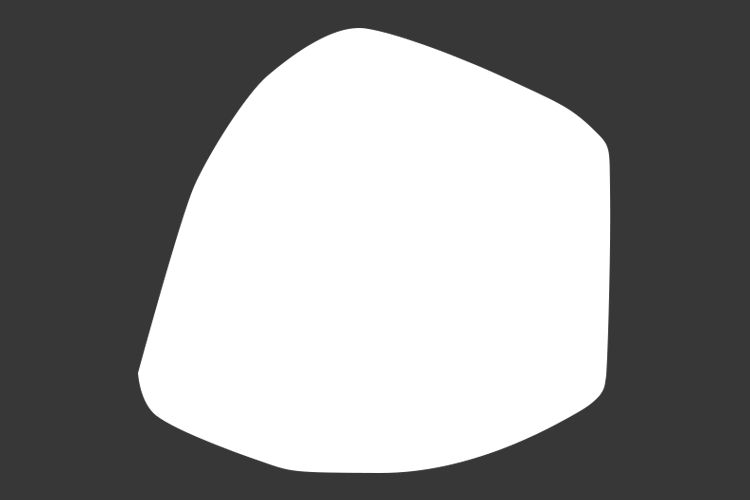Scheda punto di interesse
DESCRIPTION
Piazza XX Settembre, the heart of Fano, preserves, below today's flooring, significant archaeological remains from the Roman period, kept in the basement of the City Information Office and the Malatesta Palace, in the Bambini Palace cellars, beneath the audience of the Teatro della Fortuna, in the foundations of the Civic Tower.
The remains of a Roman building, were found below the Palace of Tourism, with well-preserved outer walls, with bases of three columns embedded within them and probably part of an atrium of a domus, whose peristyle was formerly buffered and a floor in opus spicatum (herringbone). A brick stamp with the initials QCLODAM (BROS) was found, referring to the furnace of Quintus Clodius Ambrosio from Aquileia, evidence of contacts between Fanum Fortunae and the north of the peninsula. Three burial tombs were found above the collapse of the Roman building, dating to the sixth century a.D., built, after the abandonment of the domus, with reused materials.
In the area below the Bambini Palace, during renovations in 1984, other ruins from the Roman era were found probably relevant to another domus or, perhaps, to a public building, because of the thickness of the walls and the presence of a large rectangular tank for collecting water. Other traces of masonry and a covered sewer were found, probably located to coincide with one of the city decumani.
The mosaic floors found in the area corresponding to today's Piazza are so interesting; already in 1740 the mosaic "of Neptune" came to light under the bell tower of the square, with marine deities represented in the middle emblem of a mosaic pavement driving a chariot towed by sea horses. The mosaic, in the Civic Museum, can be dated in the second half of the second century a.D.
In 1929, under the current Fano Savings Bank where it is still preserved, the so called mosaic "of the fishes" came to light. It consists in a central box in opus sectile marmoreum framed by two bands of opus tessellatum, dated between the end of the second and the beginning of the third century a.D. The central marble emblem reproduces a geometric pattern formed by the combination of polychrome marble slabs, while the mosaic that surrounds it reproduces two stylized fishes, which give the name to the floor, with a crab in the center.
The presence of these two precious floors with sea theme suggested the that the building was dedicated to the water (hot spring, nymphs or other).
Still in 1984, following the restructuring work of the Teatro della Fortuna, the remains of two other mosaic floors were found. While the first is kept in a precarious way, the second has a geometric decoration with curvilinear plots and can be dated to the early third century a.D.








